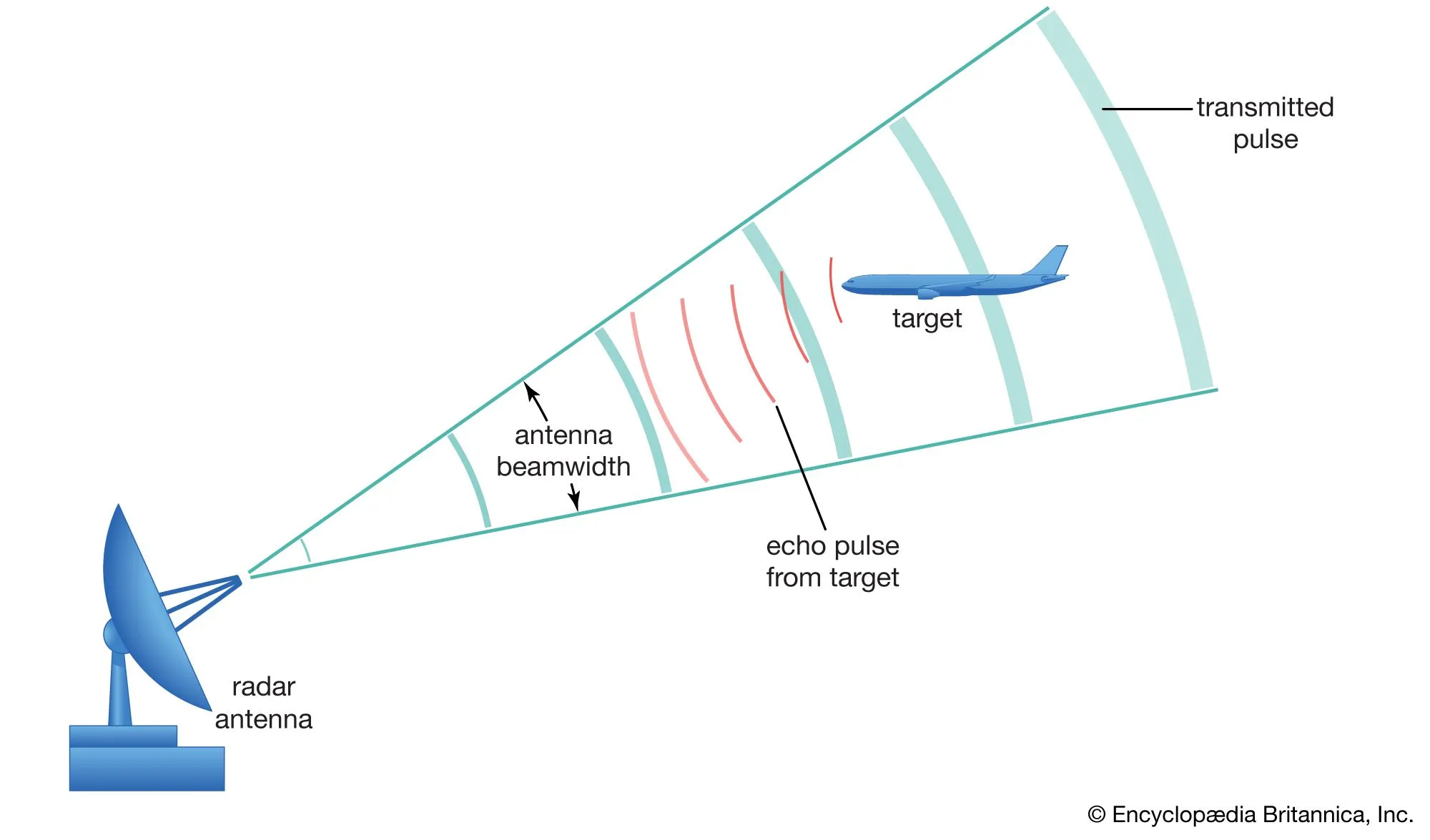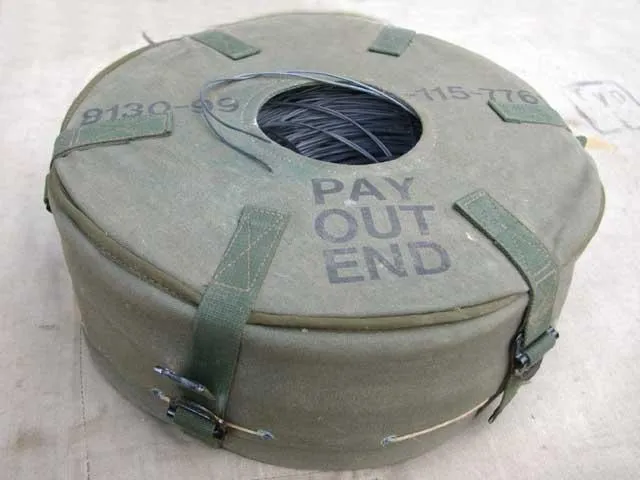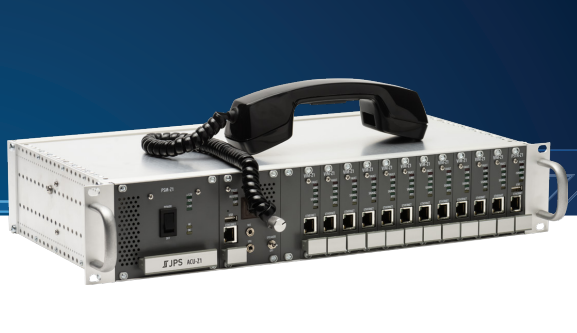electronics intelligence
electronics warfare
military
military communications
military grade
military radio
radar
radio frequency
aerospace, airinterceptradar, aviationradar, defencetechnology, defense, detection, earlywarningradar, electromagneticspectrum, electronicwarfare, engineering, firecontrolradar, groundmappingradar, military, militaryradar, militarytechnology, navigationradar, othradar, phasedarrayradar, pulseDoppler, radar, radarsystems, radiodetection, RadioWaves, Sensors, SignalProcessing, surveillance, targetacquisition, targettracking, technology
9M2PJU
0 Comments
Unveiling the Electronic Eye: A Deep Dive into the Diverse World of Radar Systems
Radar, an acronym for Radio Detection and Ranging, has become an indispensable tool across military and civilian sectors. From guiding aircraft safely through crowded skies to providing early warning of incoming threats, radar systems play a pivotal role in our modern world. Understanding the diverse types of radar and their unique characteristics is crucial for appreciating their capabilities and limitations.
The Fundamental Principle: Echoes in the Electromagnetic Spectrum
At its core, radar operates on a simple principle: transmitting electromagnetic waves and analyzing the reflected echoes. By measuring the time it takes for these echoes to return, radar systems can determine the distance, or range, to a target. By analyzing the frequency shift of the returning signal, the velocity of the object can also be calculated. This process allows radar to “see” objects that are beyond the range of human vision, even in adverse weather conditions.
A Spectrum of Applications: Radar by Function
The specific parameters and modes of operation of a radar system are tailored to its intended function. This leads to a wide variety of radar types, each with its own strengths and weaknesses.
1. Over-the-Horizon Radar (OTH-R): Reaching Beyond the Horizon
- The Challenge: The Earth’s curvature limits the range of conventional radar systems.
- The Solution: OTH-R employs low-frequency radio waves (3-30 MHz) that can bounce off the ionosphere, allowing for detection of targets far beyond the normal line-of-sight.
- Key Characteristics:
- Uses sky-wave propagation.
- Operates in the A-band (15-30 MHz).
- Employs Frequency Modulated Continuous Wave (FMCW) transmissions.
- Requires extremely large antennas.
- Provides long-range detection (540-2100 nm) but limited height information.
- Applications: Long range early warning of aircraft and naval vessels.
2. Early Warning Radar: The First Line of Defense
- The Mission: Detecting incoming threats at the earliest possible moment.
- Key Characteristics:
- Operates in the 100 MHz to 2 GHz range (A to D-bands).
- Uses high power levels, wide pulse widths, and low pulse repetition frequencies (PRFs).
- Employs large antennas and slow circular scan patterns.
- May be ground-based, airborne (Airborne Early Warning – AEW), or ship-borne.
- Sometimes requires dedicated height-finding radar.
- Applications: Air defense, maritime surveillance.
3. Secondary Surveillance Radar (SSR) and Identification Friend or Foe (IFF): Distinguishing Friend from Foe
- The Concept: Instead of relying solely on reflected echoes, SSR and IFF systems actively interrogate targets.
- Key Characteristics:
- Operates in the D-band (1030 MHz for interrogation, 1090 MHz for response).
- Transmits coded interrogation signals, which trigger a response from a transponder on the target.
- Used for air traffic control (SSR) and military identification (IFF).
- Provides additional information, such as aircraft identification and altitude.
- Applications: Air traffic control, military air defense, collision avoidance.
4. Target Acquisition Radar (TAR): Focusing on the Threat
- The Role: Locating and pinpointing targets for weapon systems.
- Key Characteristics:
- Operates in the 500 MHz to 10 GHz range (C to I-bands).
- Uses shorter wavelengths and higher PRFs for increased data rates.
- Employs medium-sized antennas and faster scan rates.
- May use pulse or continuous wave (CW) transmissions.
- Applications: Surface-to-air missile (SAM) systems, anti-aircraft artillery (AAA).
5. Target Tracking Radar (TTR): Maintaining a Lock
- The Objective: Providing continuous and precise tracking of targets for weapon systems.
- Key Characteristics:
- Operates in the 4 GHz to 40 GHz range (G to K-bands).
- Uses high frequencies, narrow pulse widths, and narrow beamwidths for high resolution.
- Employs very high PRFs and complex scan patterns.
- Often uses Pulse Doppler (PD) waveforms.
- Applications: Missile guidance, gunnery control.
6. Fire Control Radar (FCR): Guiding the Weapon to Target
- The Final Stage: Directing weapons to intercept and destroy targets.
- Key Characteristics:
- Operates in the 8 GHz to 40 GHz range (I to K-bands).
- Uses PD, pulse, or CW transmissions.
- Shares similar parameters with TTRs but may have wider pulse widths for missile guidance.
- Applications: Missile guidance, AAA fire control.
7. Air Intercept (AI) Radar: Dominating the Skies
- The Fighter’s Eye: Enabling fighter aircraft to search, track, and engage airborne targets.
- Key Characteristics:
- Operates in the 8 GHz to 20 GHz range (I to J-bands).
- Uses Pulse Doppler (PD) transmissions for “look-down-shoot-down” capability.
- Employs high PRFs and complex scan patterns.
- May use CW illumination for missile guidance.
- Applications: Air-to-air combat.
8. Ground Mapping Radar (GMR): Seeing the Terrain
- The Navigator’s Aid: Providing detailed images of the ground for navigation and weapon aiming.
- Key Characteristics:
- Operates in the 8 GHz to 20 GHz range (I to J-bands).
- Uses pulse or PD transmissions.
- Employs advanced processing techniques, such as Synthetic Aperture Radar (SAR), for enhanced resolution.
- Applications: Navigation, reconnaissance, target identification.
Technological Advancements: Shaping the Future of Radar
Continuous advancements in technology are driving significant improvements in radar capabilities. Miniaturization, improved signal processing, and the adoption of phased array technology are enabling more powerful and versatile radar systems.
Conclusion: The Enduring Importance of Radar
Radar remains a critical technology for both military and civilian applications. Understanding the diverse types of radar and their unique characteristics is essential for appreciating their capabilities and limitations. As technology continues to evolve, radar systems will continue to play a vital role in our increasingly complex world.







Post Comment